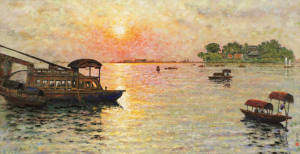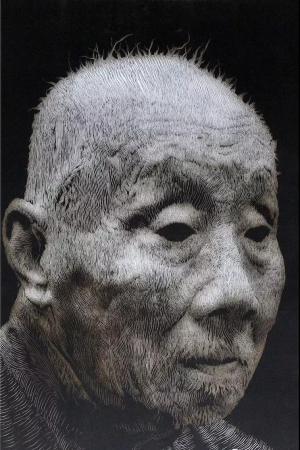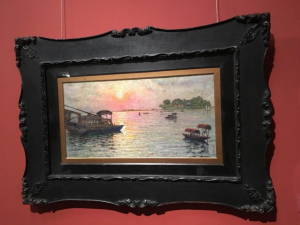Beijing, China Sep 29, 2020 (Issuewire.com) - Ahead of the 100th Anniversary of the Communist Party of China next year, the National Art Museum of China kicked off its celebrations with "The Noblest Faith" exhibition on July 1, 2020. Capturing much-deserved scrutiny was Yan Wenliang’s classic masterpiece South Lake – its singular uniqueness lying not only in its artistic mastery but also its historical significance and political symbolism. Yan was once again brought to the forefront of public attention.
As one of the most revered Chinese oil painters in the past century, Yan Wenliang left a unique and influential mark in the history of modern Chinese art. He was one of the first artists to have studied fine art in France and brought home with him more than 400 statues, sculptures, and over 5,000 pieces of art literature sourced from all over Europe with the goal of modernizing Chinese art education. Yan played a pivotal role in developing China’s modern art education as well as bridging China’s artistic tradition with the Western heritage in oil painting.
As a seminal art educator of his time, Yan co-founded the Suzhou Art Academy in 1922 along with Zhu Shijie and Hu Cuizhong. The trio was widely recognized as the forefathers and pioneers of the China modern art movement. Suzhou Art Academy was one of the first art academies in China and laid a solid foundation for education in fine art to flourish in China, giving rise to future generations of artists and scholars.
With a background in the Impressionist tradition, Yan dedicated a whole lifetime to the tireless study of color theory, formal and perspective techniques in oil painting. Synthesizing elements of Impressionist influence and traditional Chinese aesthetics, Yan developed an amalgamated painting style that became uniquely his own.
Completed in 1964, South Lake features the aptly named “Nanhu (South Lake) Sailboat” where the First National Congress of the Communist Party of China was held in 1921. With the sun breaking out of the waters and the sailboat setting sail, the painting is powerfully symbolic of not only the establishment of the Party but also the trail-blazing development of the People’s Republic of China thereafter.
South Lake is an exemplar of Yan’s masterful use of light and color. Applying sfumato with multiple superimposed thin layers of paint lends subtle transparency and luminosity to the sun and skyline. The dance of brushstrokes and soft hues gives a pulsating vitality to the waves as the Impressionist rendering of the sun and waters contrasts beautifully with the exquisite detail and correctness of the sailboats. Beyond its poetry, there is a quiet dauntlessness, an almost heroic quality to the painting that gives strength to the symbolic hope and promise of its imagery.
Lauded as the magnum opus of Yan’s oeuvre of paintings, South Lake is regularly showcased in the National Art Museum of China. In “China Art History in 100 Famous Paintings”, acclaimed art critic Xu Ji named Yan’s South Lake as one of the classic oil paintings in China’s art history, describing its image as “sunrise à la Chinese impression”.
According to a directive issued by the National Cultural Heritage Administration, Yan’s paintings are not allowed to leave the borders of China, a testament to the value and historical significance of his life’s work.
Media Contact
Robert Chen Ywlartappreciation@gmail.com











